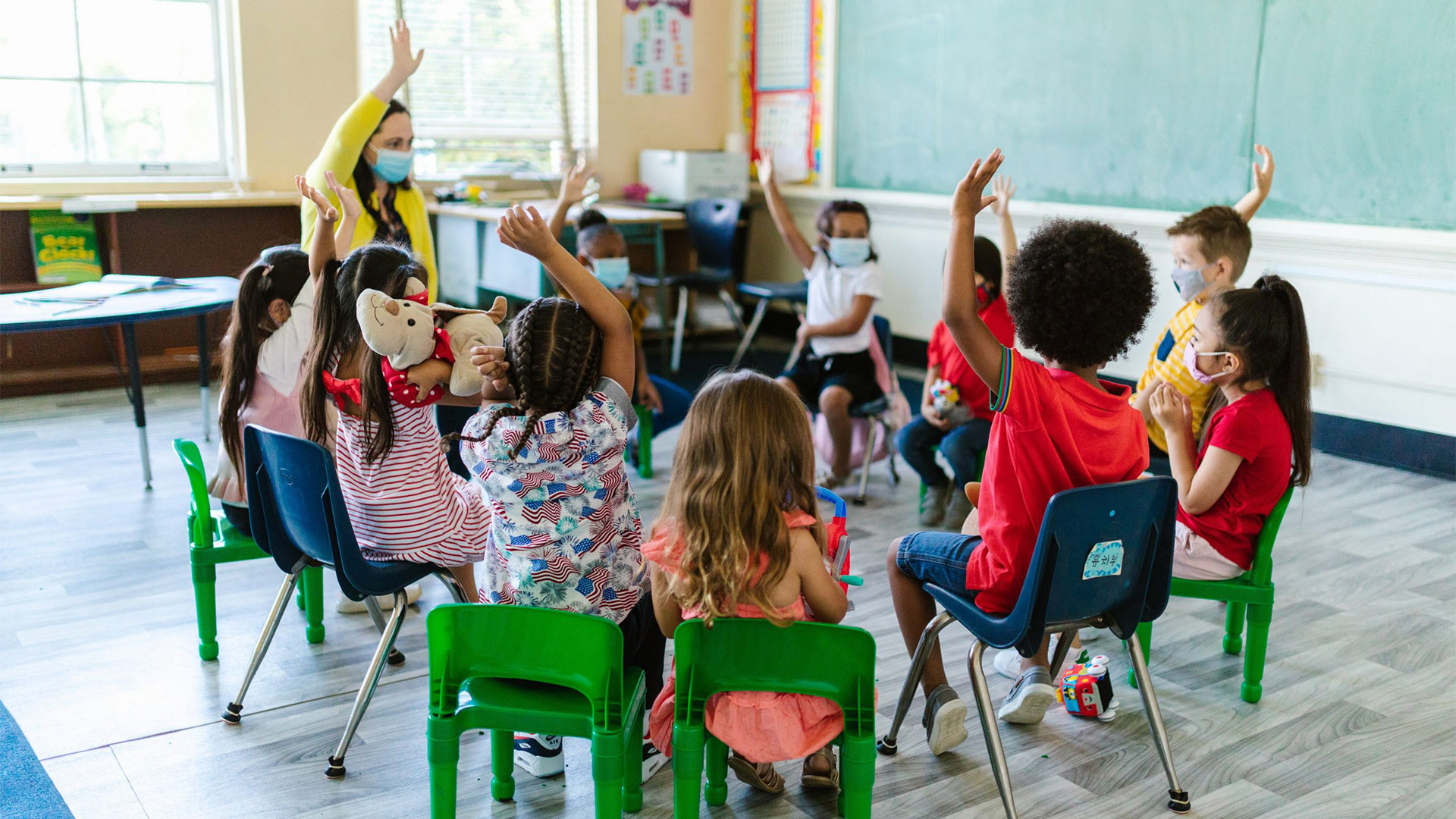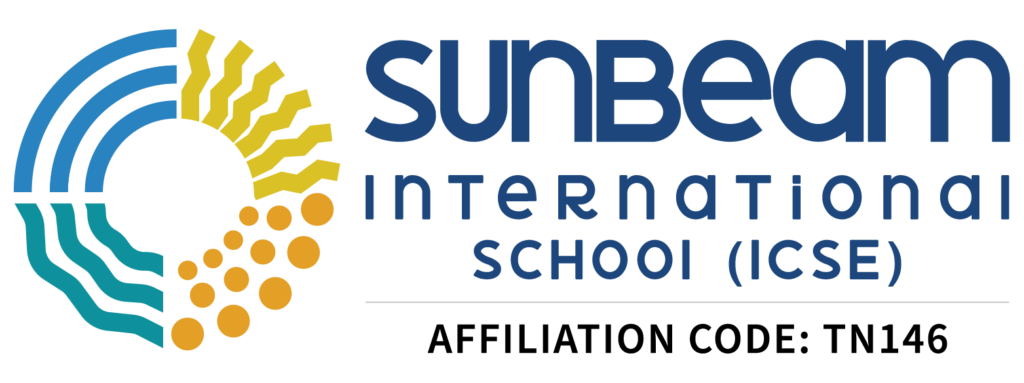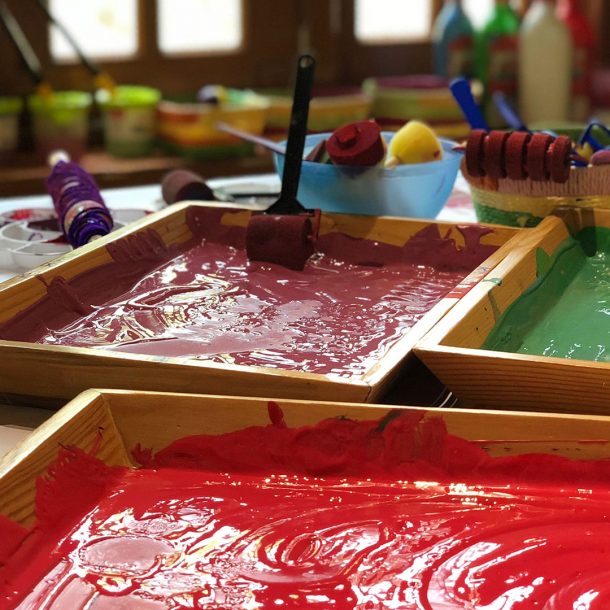
Making Education Accessible for all: Inclusivity and Diversity in the Classroom
Diversity and inclusion (DI), and education are bound by a common principle- accessibility. For education to truly achieve its goals, it must be accessible to everyone and this includes people from diverse backgrounds (social, financial, geographical). All students deserve an equal opportunity to learn, grow and develop into conscious citizens. In this context, schools too have an integral role to play.
The first step towards practising diversity and inclusion in the classroom is to acknowledge it. We have to recognise the differences in culture, ethnicity, religion, ability, gender and sexuality that highlight the heterogeneous makeup of the world around us. The next step is to accept this diversity and find ways to celebrate it. This can be done by having a dialogue with students from different backgrounds, having programs where they get to showcase their culture and incorporating diverse perspectives in the curriculum.
A varied curriculum allows room for multicultural education where students get to learn different histories, cultures and perspectives. This allows them to appreciate the intersectionality of race, gender and class and other identities that are part of an individual. With such well-rounded knowledge of diversity, students can analyse situations from all angles and provide inclusive solutions.

Role of educators
In addition to a diverse curriculum, it is equally important to have educators who are capable of implementing teaching methods that can attain the curriculum’s goals. One major step for educators is to recognise their internal bias— unconscious attitudes or reactions that affect their behaviour. A 2017 Implicit Bias Review by the Ohio State University found that educators may assume that students belonging to a particular social group generally behave a certain way or have a defined capability for academic success. Another example (often witnessed in higher education) is when some instructors treat students belonging to a particular group as experts on issues related to that group. Such biases and stereotypes, if not addressed, can lead to an uncomfortable classroom.
One approach to ensuring diversity and inclusion in the classroom is to create an atmosphere where students feel welcome to participate in discussion and express their identities without fear of judgement or discrimination. An environment that accepts different views can make students more respectful of different views and in turn , the people who hold those views.
A classroom is a microcosm of society that builds citizens of tomorrow. With its vast diversity of students, it becomes a primary need to foster inclusion and weave diversity into the classroom in such a manner that it is viewed as a resource rather than an issue to be addressed. Celebrating diversity and adopting inclusionary practices ensures that all students— with different languages, cultures, families, disabilities and interests— are taught in ways that are suitable to their unique needs and have the freedom to be their authentic selves.


